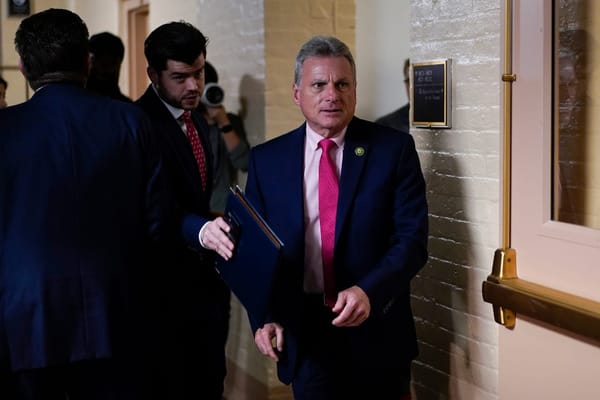In Letter to FCC, Commerce Department Broadband Chief Urges More Competition
WASHINGTON, January 7, 2009 – The head of the National Telecommunications and Information Administration on Monday urged the Federal Communications Commission to take steps designed to encourage greater competition in the market for high-speed internet access. In a Monday letter to the FCC as part
WASHINGTON, January 7, 2009 – The head of the National Telecommunications and Information Administration on Monday urged the Federal Communications Commission to take steps designed to encourage greater competition in the market for high-speed internet access.
In a Monday letter to the FCC as part of the FCC’s National Broadband Plan, Assistant Secretary of Commerce Lawrence Strickling urged that “the Internet’s innovation ecosystem is built on, and thus depends upon, a communications infrastructure operating at broadband speeds, with robust bi-directional service.”
The current level of competition is not enough to spur innovation or cause increased investment in broadband, Strickling said.
His letter acknowledges the belief that a duopoly in wireline broadband does not constitute healthy competition between two highly aggressive corporations but a passive battle between opponents who know that such a barrier to entry is difficult for a third party to surmount.
According to the NTIA: “locally, where residential consumers make their purchasing decisions, they frequently have limited, and often no, choice among broadband Internet access service providers. The Commission’s recent Broadband Status Report indicates that “[a]t most two providers of fixed broadband services will pass most homes.”
Furthermore, according to the FCC, 50 percent to 80 percent of homes may get speeds they need only from one provider.
“Thus,” concludes NTIA, “even in areas where two wireline networks are deployed, consumers seeking to use the most bandwidth-intensive applications (e.g., high-quality, streaming video) may only have a single viable choice of provider. “
Fourth-generation wireless may be a possible solution in the future, but is nowhere near the level of deployment to be a viable option for most Americans, Strickling said.
Additionally, the current adoption of wireless internet service is mainly through smartphones, which are not the primary vessels for content creation. The increased expansion of wireless may soon become a solution through the adoption of devices such as the Mi-Fi, which allows users to connect multiple devices to a single 3G modem or the expansion of WiMax.
In order to increase adoption and expansion of broadband, the NTIA proposes structural regulation and possible price regulation. “The Commission, of course, has a long-held preference for advancing regulatory goals through structural regulation designed to expand competition in communications markets,” NTIA wrote.
The other solution is to examine the duopoly and how it is truly affected the market: “We urge the Commission to examine what in many areas of the country is at best a duopoly market and to consider what, if any, level of regulation may be appropriate to govern the behavior of duopolists.”
“In so doing, however, the Commission should eschew price regulation, whether as a means of controlling retail rates or as a means of giving entrants access to the incumbents’ broadband facilities. In view of the difficulty that government has in determining efficient prices, price regulation is likely to stifle investment in broadband infrastructure or to discourage broadband service innovation,” the letter continues.
The letter then goes onto to discuss the mapping of broadband. Strickling put himself on the record in favor of greater disclosure of service offering of broadband providers.
He wrote: “In particular, the Commission should identify the types of price and service data that users need to make intelligent choices among those options. In so doing, the Commission should recognize that there is a difference between merely technical disclosure, in which information is available in a technical format, and disclosure that actually informs choice.”
“Timeliness of disclosure is also important because consumer choices must be based on current information to be meaningful. Moreover, consumers must be able to compare the choices actually available to them in their own geographic areas; data aggregated at the national or state level is of little use,” Strickling wrote.









Member discussion